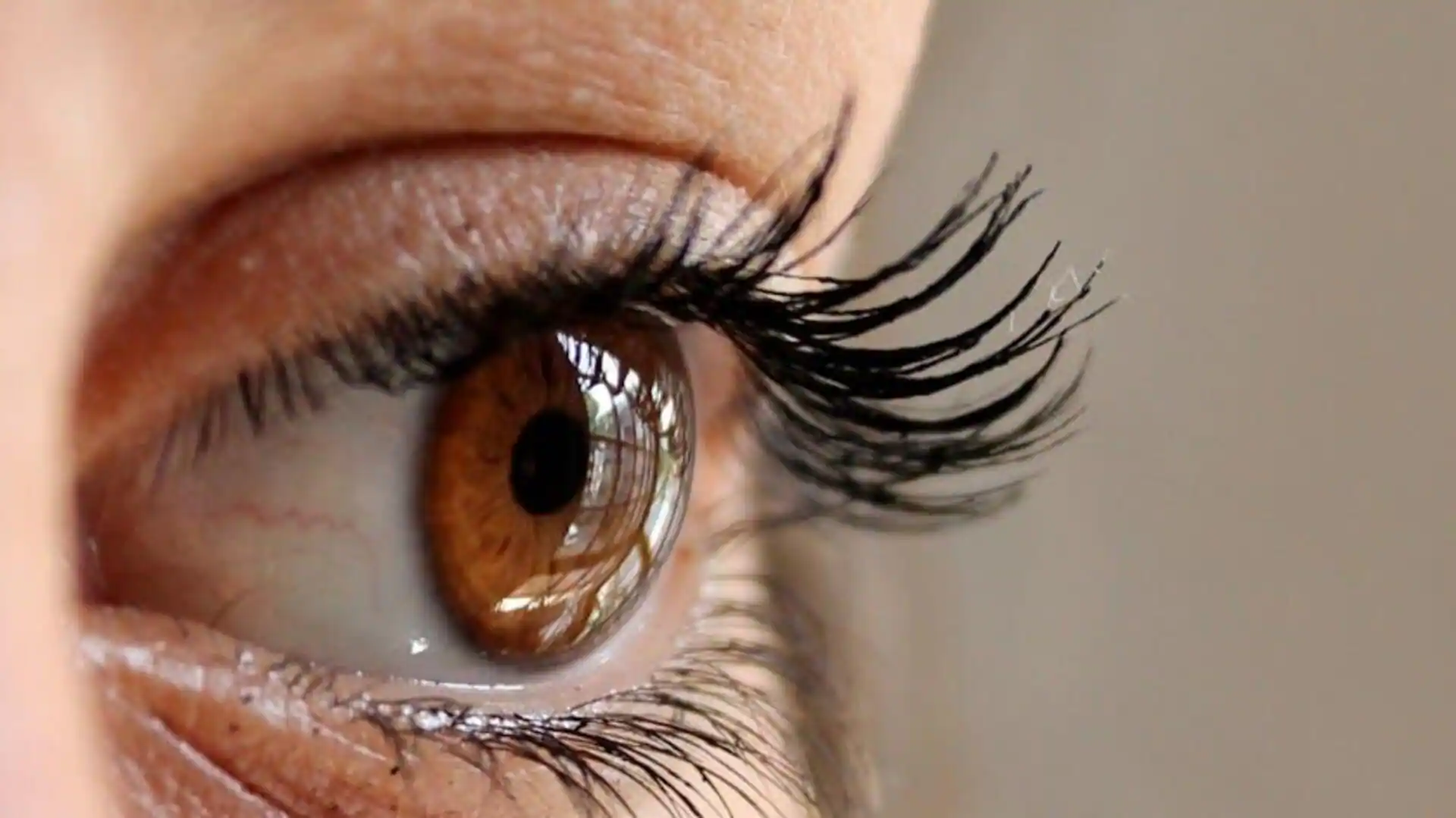Many people now spend long hours staring at screens, usually resulting in weary eyes, poor focus, and hazy vision. Like any other muscle in the body, the eyes gain from both consistent movement and rest intervals. A basic but effective approach to increase visual power, lower stress, and maintain mental clarity all day is developing a regular routine of eye exercises.
Start Your Day with Eye Stimulation
Starting the day with some light eye motions will help your vision come alive and ready it for the next several hours. When you wake, spend a minute staring in several directions—up, down, left, and right—without shifting your head. This raises blood flow and works the eye muscles. After that, try gentle blinking for roughly thirty seconds to naturally moisturize your eyes and help them slide into the day. Alternating a few times, another useful practice is concentrating on an object close and then turning your attention to something far away.

Midday Focus Reboot
One often gets mental fog and eye tiredness as the day goes on and screen time mounts. Conscious visual breaks taken a few minutes every couple of hours can provide obvious relief. Spend thirty seconds softly closing your eyes, letting them rest entirely. Reopen and slowly, both clockwise and counterclockwise, roll your eyes in a circle. These drills release stress accumulated from constant concentration. An eye exercises performed during lunch breaks or between meetings help to improve your concentration and lessen the tiredness around the eyes following long work sessions.
Evening Wind-Down for the Eyes
Your eyes gain from a quiet, restorative practice before bed, much as the human body needs to relax in the evening. Turn down the lights, settle easily, and start slow, regular blinking. Then, to help you relax and release muscle tightness, softly massage the area surrounding your eyes with your fingertips in little circular signs. Spend some time staring at far-off items to offset the close-up work done all day. By telling the body to calm down and detach, these relaxing methods help to encourage improved sleep in addition to eye comfort.
Build Consistency and Awareness
Consistency counts if one wants to really profit from these techniques. Even a few minutes each, regular exercises help the eyes to stay healthy and flexible. Growing aware of visual habits—like how long you spend staring at displays without breaks—can help you make better decisions. Including quick eye care routines in regular activities improves concentration naturally and helps to lower the demand for reactionary responses when strain becomes intolerable.
Maintaining good eye health calls for simple equipment and short routines. Just a few minutes a day for basic, deliberate movements will help you greatly lower visual stress and increase focus. These regular routines help you to remember to take care of one of your most important senses.




